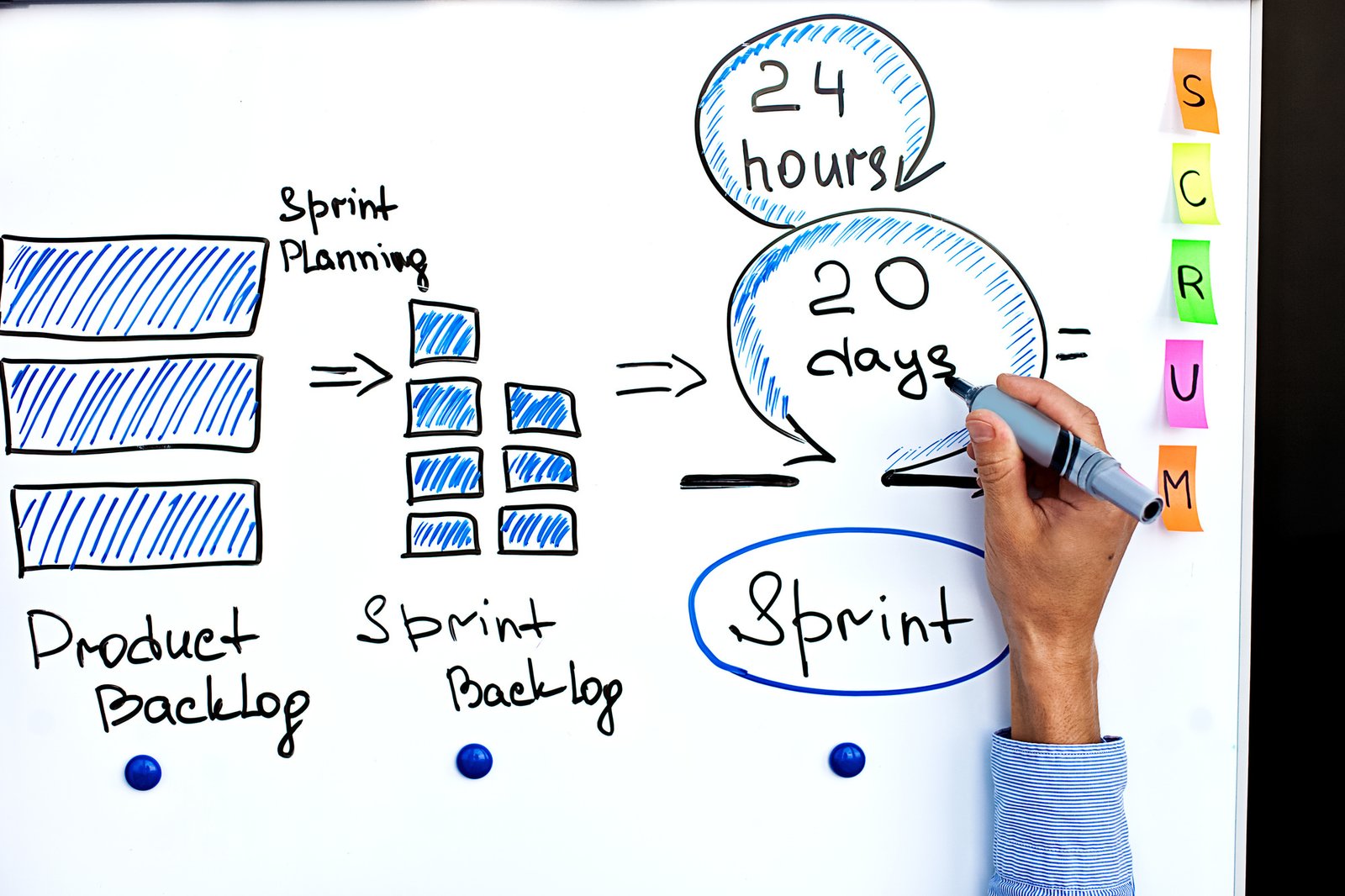The term “scrum” first appeared in text in 1989. It wasn’t until the 90s were well and truly underway that the Scrum methodology really took shape.
So, what exactly is Scrum? And why has it endured for so long?
Scrum is essentially a project management approach. It involves dividing a project into smaller tasks, each with short timeframes. Today, Scrum Masters are still in high demand in a wide range of fields, from fintech to marketing.
Are you considering Scrum Master training? Keep reading to learn more about the process.
Table of Contents
1. Read and Study
Do you want to master Scrum training? If you have little to no experience in Scrum, your first step to getting certified is independent research.
Training and practical experience will provide the foundation you need to land a job. But expanding your knowledge on your own shows initiative. Plus, you can use this initial research period to test the waters, so to speak.
After all, you don’t want to spend money and time on training only to find being a Scrum Master isn’t for you after all.
Dive into books, articles, and blogs on Scrum and Agile methodologies.
A few acclaimed books to get you started include “Scrum: The Art of Doing Twice the Work in Half the Time” by Jeff Sutherland and “The Scrum Field Guide” by Mitch Lacey.
2. Get Proper Training
Attending Certified Scrum Master training is the second step to becoming a coveted Scrum Master.
These training courses provide you with a comprehensive understanding of:
- Scrum principles
- Agile methodologies
- Scrum Master responsibilities
Through interactive sessions, case studies, and practical exercises, you’ll learn how to:
- Facilitate Scrum ceremonies
- Manage the Scrum framework
- Navigate common challenges
Quality programs, even Scrum Master training online, aim to equip you with knowledge and confidence. The key here is quality: seek out reputable organizations or trainers certified by recognized bodies.
If you’re already a CSM and want to bump your credentials, you can train to become a Professional Scrum Master. This program is designed for CSMs with at least two years of experience.
And, just as with the first-step Scrum Master training and certification mentioned above, you’ll come out with a sought-after certificate qualification.
3. Gain Practical Experience
Independent research and training provide you with foundational knowledge. But practical experience is crucial for honing your skills as a Scrum Master.
Seek opportunities to immerse yourself in real-world Scrum environments. This could include:
- Actively participating in Scrum teams as a member or observer
- Witnessing Scrum ceremonies in action
- Engaging with experienced Scrum Masters and team members professionally and personally
By doing this, you’ll encounter and learn to navigate the various challenges a Scrum Master and their team typically face. You’ll gain valuable insights into the nuances of facilitation, collaboration, and resolving impediments.
Some programs even offer scrum master training and placement (though they usually cost more).
Why Scrum Master Training Is Essential
While you can learn the ins and outs of Scrum on your own, becoming a trusted Scrum Master means investing in Scrum Master training. Combine that with practical experience in your field of choice, and you’ll be embarking on your Scrum Master career before you know it!
For more career advice, browse the other articles on our website.

